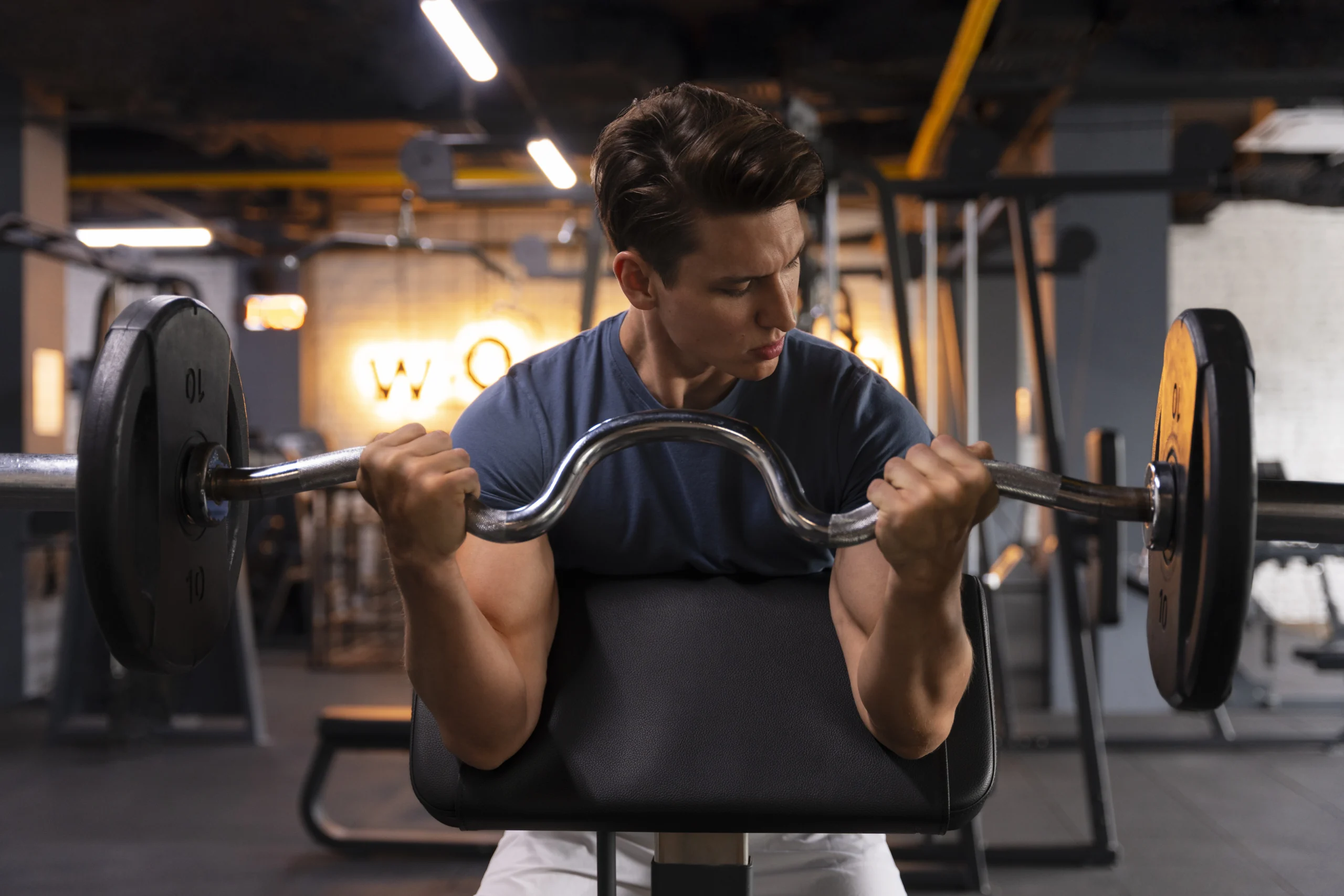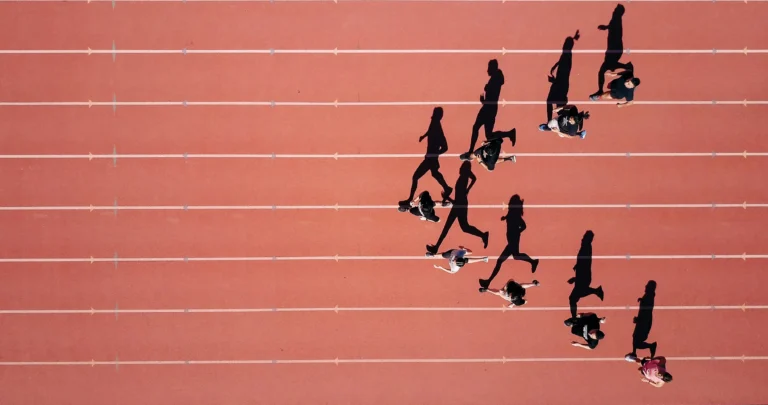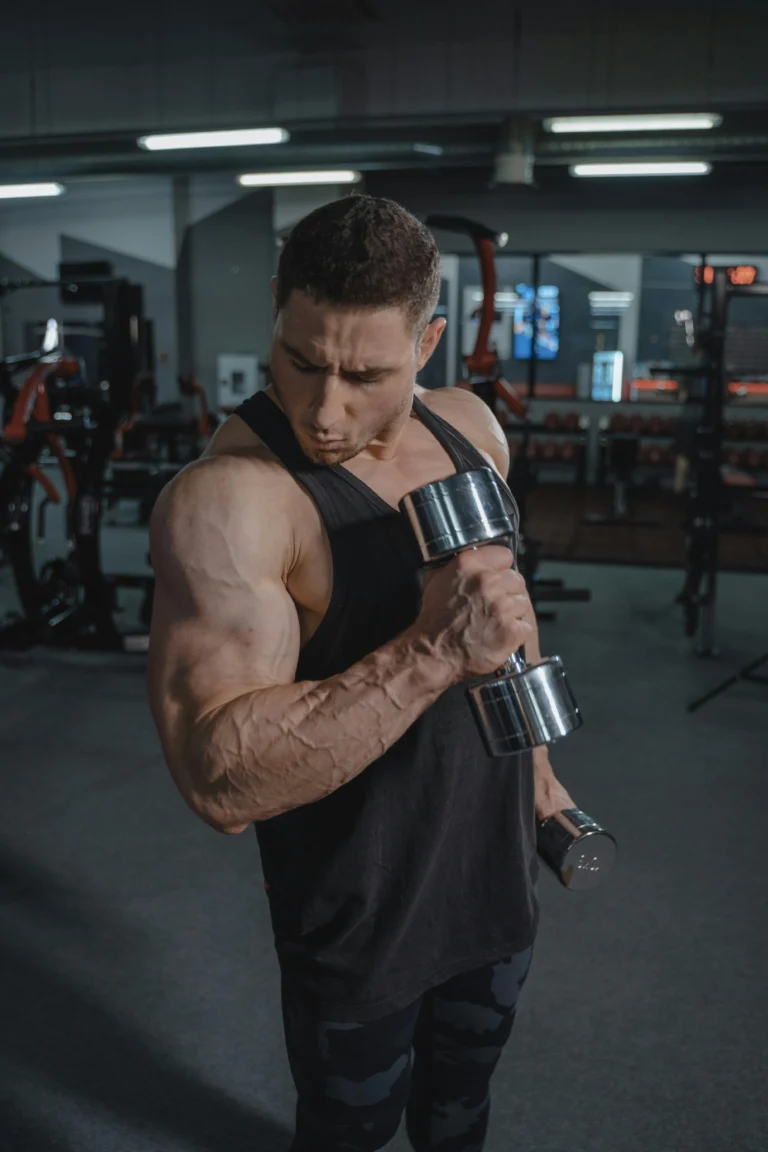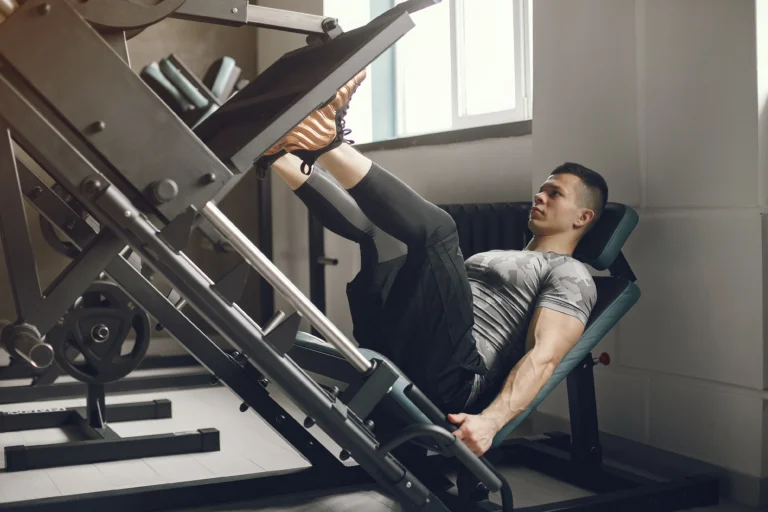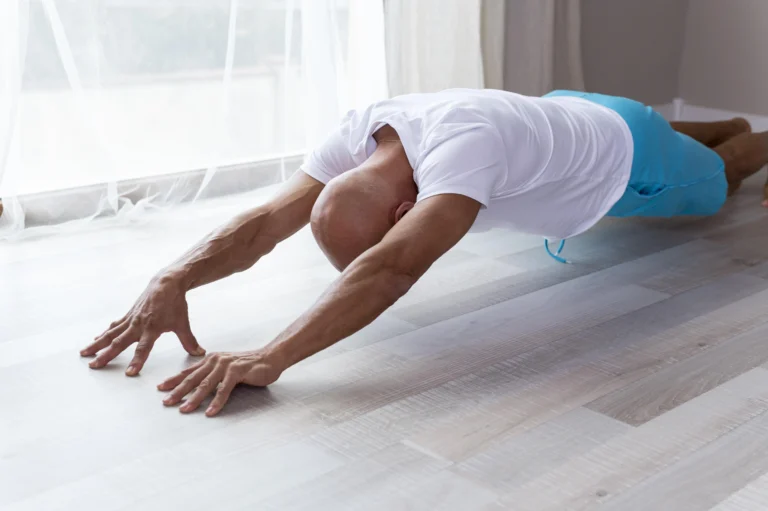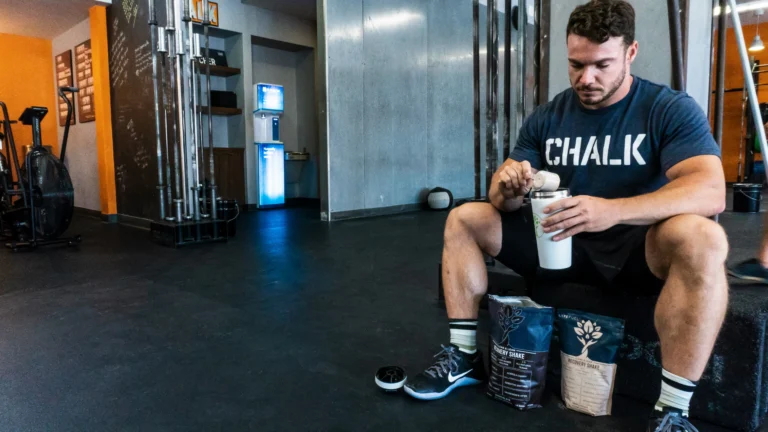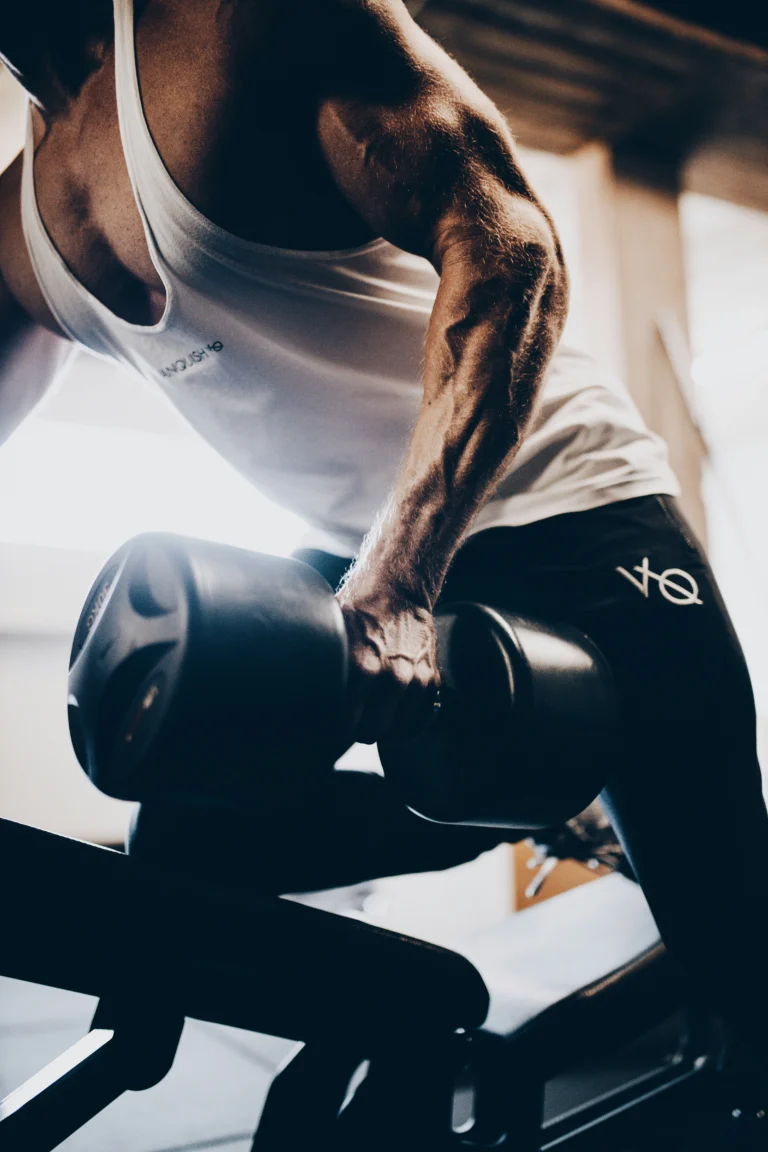The Best Bicep Workouts to Sculpt Stronger, Bigger Arms
Ever struggled to lift a heavy bag or wished your arms looked more defined? Bicep workouts aren’t just about looking good. They’re about building functional strength that changes how you move. Whether you’re an athlete, fitness enthusiast, or someone looking to enhance daily performance, knowing how to get bigger biceps can be a game-changer.
Strong biceps are more than just aesthetic muscle. They play a critical role in everyday activities like carrying groceries, picking up children, or performing manual tasks. Our bicep workouts guide will help you unlock your arm’s true potential. We blend science-backed techniques with practical training strategies.
From concentration curls to strategic resistance training, we’ll explore the most effective methods for developing powerful, sculpted arms. Get ready to transform your bicep training and discover exercises that deliver real results.
Table of Contents
Key Takeaways
- Bicep exercises boost both functional strength and aesthetic appearance
- Proper technique matters more than lifting heavy weights
- Combining compound and isolation exercises maximizes muscle development
- Consistency is crucial for bicep muscle growth
- Rest and nutrition play vital roles in muscle building
Understanding Biceps Anatomy and Function
Your biceps are more than just a muscle for looking good. They are key to upper body movement and strength. Knowing their anatomy helps you create better biceps exercises and grow your muscles.
The biceps brachii is a complex muscle group. It has parts that work together for different arm movements. Learning about its structure can change your bicep workouts.
Long Head vs Short Head Biceps
Your biceps have two main parts, each with its own role:
- Long Head: On the outer arm, it makes the biceps “peak”
- Short Head: On the inner arm, it adds to muscle size
- Both start from different spots on the scapula
Role of Supporting Muscles
Two important muscles help with arm function:
- Brachialis: Makes your upper arm thicker
- Brachioradialis: Boosts forearm strength and looks
Primary Biceps Functions
Your biceps do three main things:
- Elbow flexion (bending the arm)
- Forearm supination (rotating the forearm)
- Shoulder flexion (lifting the arm forward)
Understanding these functions lets you focus on better bicep exercises. This way, you can engage and grow your muscles more effectively.
Benefits of Targeted Bicep Training
Strong biceps do more than look good. They help you move better and perform daily tasks more easily. Good bicep workouts improve your overall fitness and how you function in your daily life.
Training your biceps has many benefits for those who love to stay fit. It boosts your strength, athletic skills, and how your body moves. By focusing on these muscles, you can see big improvements.
- Enhance functional strength for everyday activities
- Improve muscle balance and stability
- Prevent potential upper body injuries
- Boost performance in compound exercises
Bicep workouts are not just for looks. Strong biceps are key for doing things like pull-ups, rows, and lifting heavy. They work with other muscles to make your upper body strong and stable.
| Benefit Category | Key Advantages |
|---|---|
| Functional Strength | Easier lifting, carrying, and pulling movements |
| Athletic Performance | Improved power in pushing and pulling exercises |
| Injury Prevention | Better muscle balance and joint stability |
| Aesthetic Development | Well-defined, proportionate upper body |
Adding bicep workouts to your routine makes your muscles strong and good-looking. The secret is to train them regularly and challenge them more each time.
Essential Equipment for Bicep Workouts
Choosing the right equipment is key for a great bicep dumbbell workout. Knowing the tools can boost muscle growth and strength.
Building strong arms means trying different equipment. The right tools can greatly help your muscle-building journey.
Free Weights and Dumbbells
Dumbbells are essential for bicep workouts. They offer many benefits:
- Allow for unilateral training to address muscle imbalances
- Enable a full range of motion
- Engage stabilizer muscles during bicep exercises
Cable Machines and Resistance Bands
Cable machines and resistance bands provide constant tension in your bicep exercises. They help keep muscles engaged and grow.
- Smooth, controlled movements
- Versatile resistance levels
- Minimal joint stress
Specialized Equipment Options
For advanced bicep training, you need special equipment. Try:
- Preacher benches for isolated bicep curls
- EZ bars to reduce wrist strain
- Pull-up bars for compound bicep engagement
For the best results, mix different equipment in your workout. Beginners should start with 5-10 pounds. Do 2-4 sets of 12 reps for each exercise.
Fundamental Principles of Bicep Training
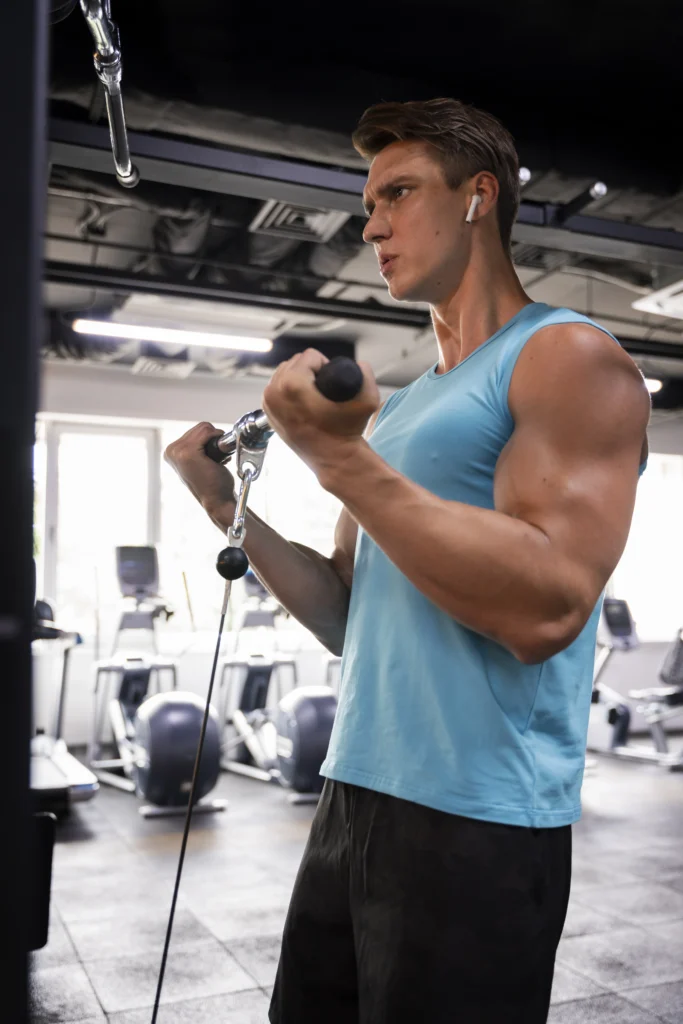
To get impressive biceps, you need more than just lifting. You must have a plan that targets muscle growth and strength. Knowing the basics of bicep training will help you build strong arms and see great results.
Here are the main principles for effective bicep workouts:
- Progressive Overload: Gradually increase weight, repetitions, or sets to challenge muscles
- Proper Form: Maintain strict technique to maximize muscle engagement
- Muscle Targeting: Address both long and short bicep heads
- Varied Grip Positions: Change hand placements to stimulate different muscle fibers
Your bicep training should aim for a balanced approach. Muscle growth happens with consistent, smart training. It’s about knowing how your body reacts to different workouts and adjusting your routine.
Training Volume and Frequency
The best bicep workout plan depends on your experience level:
| Experience Level | Weekly Training Frequency | Sets per Workout |
|---|---|---|
| Beginner | 2-3 times | 9-12 sets |
| Intermediate | 3-4 times | 12-16 sets |
| Advanced | 4-5 times | 16-20 sets |
Rest is key for muscle growth. Rest periods between sets should be 60-90 seconds for best results. Your bicep workouts need to balance intensity, volume, and rest to grow muscles effectively.
Best Bicep Workouts for Maximum Growth
To get impressive biceps, you need a smart training plan. It’s not just about lifting weights. You must know how to target your muscles right.
Success in bicep development comes from mixing up your workouts and increasing the weight. Everyone needs a different plan to grow their muscles and get stronger.
Beginner-Friendly Routines
Beginners should start with basic exercises. These exercises build strength and help you remember how to move your muscles. Your first bicep workouts should include:
- Dumbbell curls (3-4 sets, 8-12 reps)
- Barbell curls (3 sets, 10 reps)
- Hammer curls (3 sets, 10-12 reps)
Intermediate Workout Plans
As you get better, add more challenging exercises and more weight. Intermediate workouts should have:
- Cable preacher curls (4 sets, 12-15 reps)
- Chin-ups (3 sets to maximum reps)
- Alternating flex curls (5-10 sets, 10-15 reps)
Advanced Training Protocols
For those who have been lifting for a while, try special techniques to keep getting stronger. Intense bicep workouts might include:
- Hercules Chin-Up: Maximizing bicep supination
- Gironda Perfect Curls: Emphasizing time under tension
- One-Armed Eccentric Barbell Curl: Focusing on slow, controlled movements
| Exercise Level | Sets | Reps | Frequency |
|---|---|---|---|
| Beginner | 3-4 | 8-12 | Twice Weekly |
| Intermediate | 4-5 | 10-15 | Twice Weekly |
| Advanced | 5-6 | 8-10 | Twice Weekly |
Don’t do more than 12 bicep sets in one workout. Also, the way you grip the weight matters. A supinated (underhand) grip works your biceps the most.
Key Compound Exercises for Biceps
Compound exercises are key for strong biceps and better arm workouts. They work more than one muscle at a time. This means more muscle growth and strength.
Here are the top compound biceps exercises to change your arm training:
- Chin-ups: Activate biceps with maximum muscle engagement
- Supinated Grip Lat Pulldowns: Target biceps with high activation rates
- Reverse-Grip Bent-Over Rows: Significant bicep muscle stimulation
- Inverted Rows: Promote shoulder stability while working biceps
Studies show that compound exercises like chin-ups work biceps better than isolation moves. A study in the Journal of Strength and Conditioning Research found chin-ups are better for biceps than regular pull-ups.
“Compound movements are the foundation of building functional strength and muscle development.” – Strength Training Experts
| Exercise | Bicep Activation | Additional Muscle Groups |
|---|---|---|
| Chin-ups | High | Back, Shoulders, Core |
| Lat Pulldowns | Moderate to High | Back, Shoulders |
| Bent-Over Rows | Moderate | Back, Core, Shoulders |
To get the best biceps exercises and arm workouts, add these compound movements to your routine. They build muscle and boost upper body strength and fitness.
Isolation Exercises to Target Different Bicep Heads
To get well-rounded biceps, you need to focus on specific muscle heads. Knowing how to target different areas can greatly improve your arm’s look and strength.
The biceps brachii has two main heads: the long and short. Each needs its own set of exercises to grow fully.
Short Head Focus Movements
Exercises for the short head help widen and bulk up your arms. Key ones include:
- Preacher curls: Great for isolating the short head
- Concentration curls: Very effective for muscle activation
- Spider curls: Focuses on the inner biceps
Long Head Targeting Exercises
Exercises for the long head aim for peak development and better arm looks. Good dumbbell bicep curls are:
- Incline dumbbell curls: Boosts muscle fiber recruitment
- Hammer curls: Works the long head with less wrist strain
- Drag curls: Reduces shoulder involvement
Full Bicep Development Techniques
To grow your biceps fully, mix isolation exercises with compound ones. Use progressive overload by adding weight, reps, or sets. Try 3-4 sets of 8-12 reps for each exercise to best stimulate your muscles.
Remember, proper form is key to avoid injury and ensure muscle work during your bicep workouts.
Common Mistakes to Avoid During Bicep Training
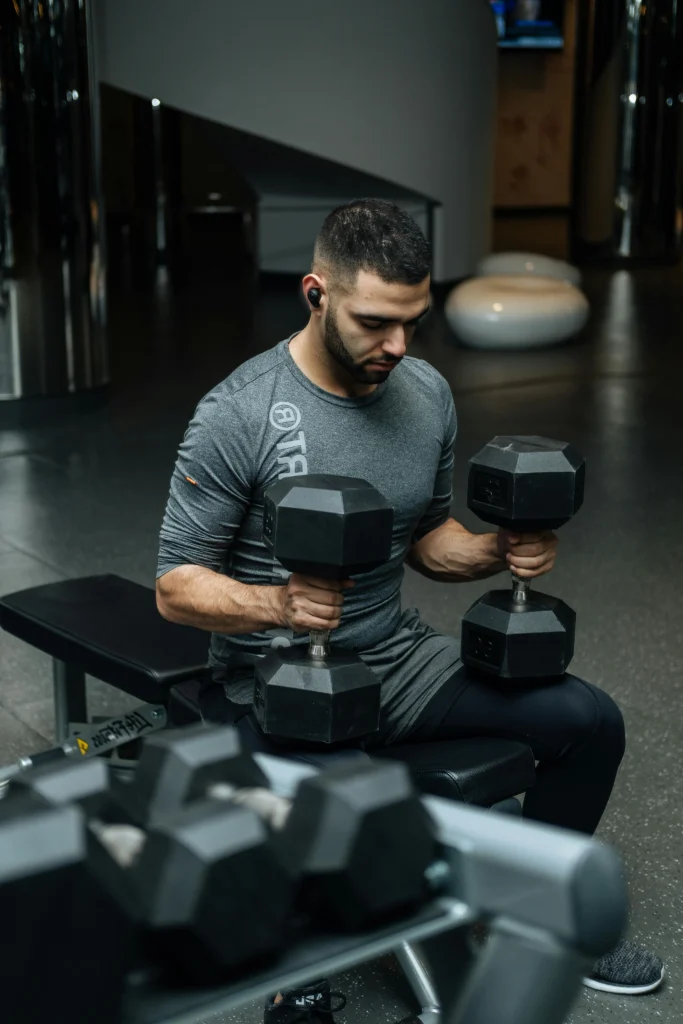
Getting good at bicep workouts is more than just lifting. Many people unknowingly hurt their muscle growth by making big mistakes during biceps exercises.
Let’s look at the most common mistakes that can stop your arm growth:
- Using excessive momentum instead of muscle control
- Selecting weights beyond your current strength level
- Neglecting proper form and technique
- Overtraining without adequate recovery
When doing bicep workouts, avoid these big errors:
- Swinging Weights: Throwing weights up hurts muscle work. Your biceps should do the work, not momentum.
- Incomplete Range of Motion: Partial curls don’t work as well. Try to move your arms fully.
- Incorrect Elbow Positioning: Keep elbows close to your body for better biceps work.
“Proper technique trumps weight every single time in bicep training.”
Here are some best practices for good bicep training:
- Choose weights for 8-15 reps with good form
- Keep a steady lifting pace (1-2 seconds up and down)
- Focus on muscle tension, not just lifting heavy
- Make sure to rest enough between bicep workouts
Remember, the key to great bicep workouts is not about showing off. It’s about steady, precise muscle growth. Focus on technique over weight for amazing arm results.
Recovery and Nutrition for Bicep Development
Getting bigger biceps is more than just lifting weights. You also need to focus on recovery and nutrition. These are key to seeing results from your weight training.
Your muscles need care to grow. The right rest, nutrition, and supplements can really help your bicep growth.
Optimal Rest Periods
Rest is when your muscles grow. Here are some tips for the best recovery:
- Rest 3-4 minutes between sets for full muscle recovery
- Aim for 7-9 hours of quality sleep nightly
- Incorporate active recovery on rest days
Nutritional Requirements
Good nutrition is key for muscle growth. Protein is especially important for your biceps:
- Consume 1.6-2.2 grams of protein per kilogram of body weight daily
- Focus on whole food sources
- Maintain a balanced diet rich in lean proteins
“Muscle growth is 70% nutrition and 30% training” – Fitness Experts
Supplementation Strategies
While whole foods are best, supplements can help too:
- Protein powders for convenient protein intake
- Amino acid supplements to support muscle recovery
- Creatine for enhanced muscle performance
Remember, supplements complement – they don’t replace – a balanced diet and consistent training.
Conclusion
Starting your bicep workout journey needs careful planning and regular effort. A balanced approach to arm exercises can change your muscle shape. Training your biceps 2-3 times a week with enough rest helps them grow best.
Good bicep training is more than just lifting. It’s about choosing the right exercises, getting stronger, and eating right. Using both barbells and dumbbells works muscles from different sides. This builds strong and defined arms.
Reaching your fitness goals takes commitment. Begin with simple exercises like 2-3 sets of 8-12 reps. As you get stronger, do more. Eating enough protein, sleeping well, and trying different exercises makes your bicep workouts better.
Your bicep training is special. Be patient, listen to your body, and try new exercises. With effort and the right plan, you can have stronger, more defined biceps.

